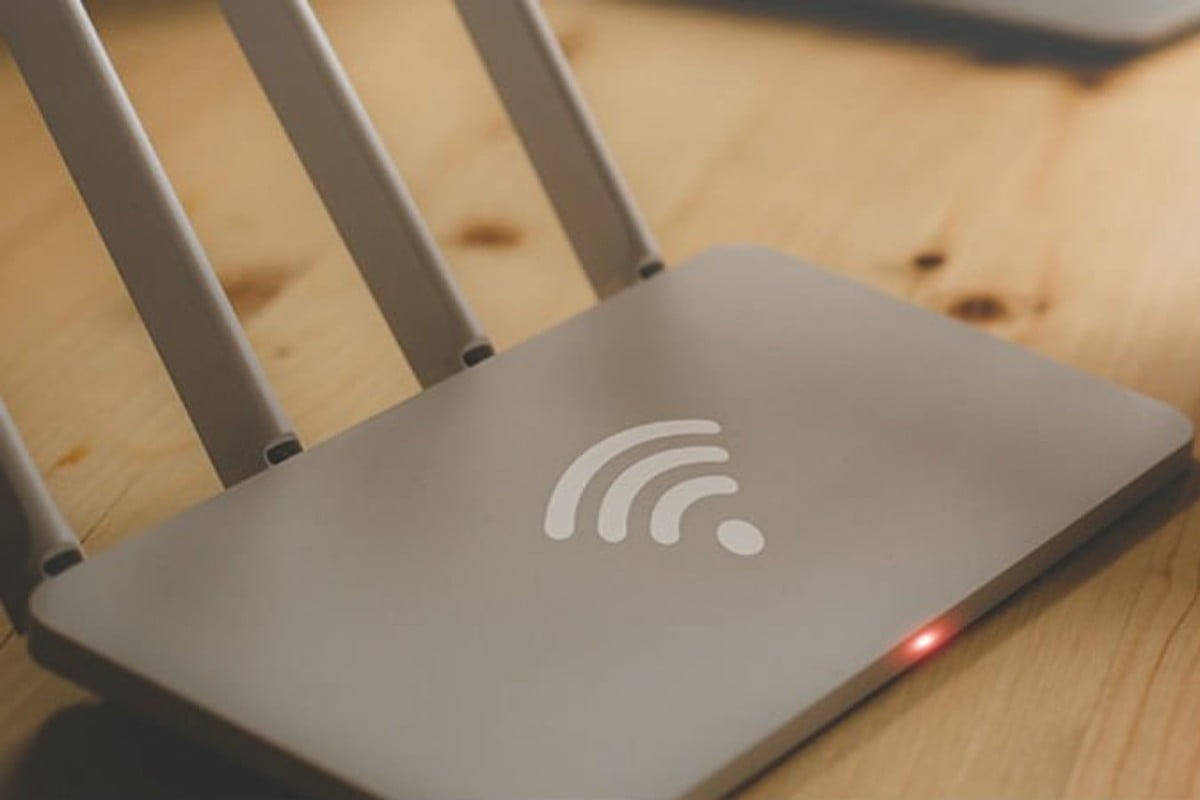
As the internet is being used commonly for all purposes in modern life. No matter extent of protection that we take to keep hackers at the bay, devices connected to the internet are susceptible to malicious attacks. The reason that devices are connected to Wi-Fi networks are vulnerable to attacks despite having a secured network.
How To Secure Your Wi-Fi Network
If you want to keep your network secured, check out the simple steps to secure your Wi-Fi connection.
Stronger encryption: Ensure that your wireless access point is updated and does not use the dated Wired Equivalent Privacy (WEP) security system. It is proven to be insecure and susceptible to hacks. Instead, you need to opt for a new Wi-Fi Protected Access (WPA) such as WPA2 or WPA3. It is also important to use a strong password to the network and change it on a timely basis, especially if it is an office or commercial setup. Make sure the WPS feature offered by the router is deactivated.
Separate network for guests: If you have guests who will use your network, then you need to connect them to a separate network and not your family’s internal network. Doing so, you will be able to prevent inadvertent malicious infections to the network. You can do this by creating a separate network with its own wireless access point. Make sure to turn on WPA protection for the guest network you have created to keep control over who uses it.
Hide the network name: Usually, networks broadcast the name to make it easy to find and connect to them. You can opt to hide the network name but this is not a failsafe step when it comes to keeping your network safe. Hackers can use scanning tools that will detect the network and SSID that are hidden. The step will give you an additional layer of protection to your Wi-Fi connection.
Protect with VPN: Virtual Private Networks (VPN) are designed to secure your online activity and keep the private search history safe. These networks keep the data secured from prying eyes using encryption Hackers can penetrate your network and but they will be blocked from causing harm to the system by using VPN permanently.
Turn it off: One of the simplest ways to keep your Wi-Fi network protected is to turn off Wi-Fi when not in use. If it is turned on all the time, then you will be creating an opportunity for malicious attacks.















